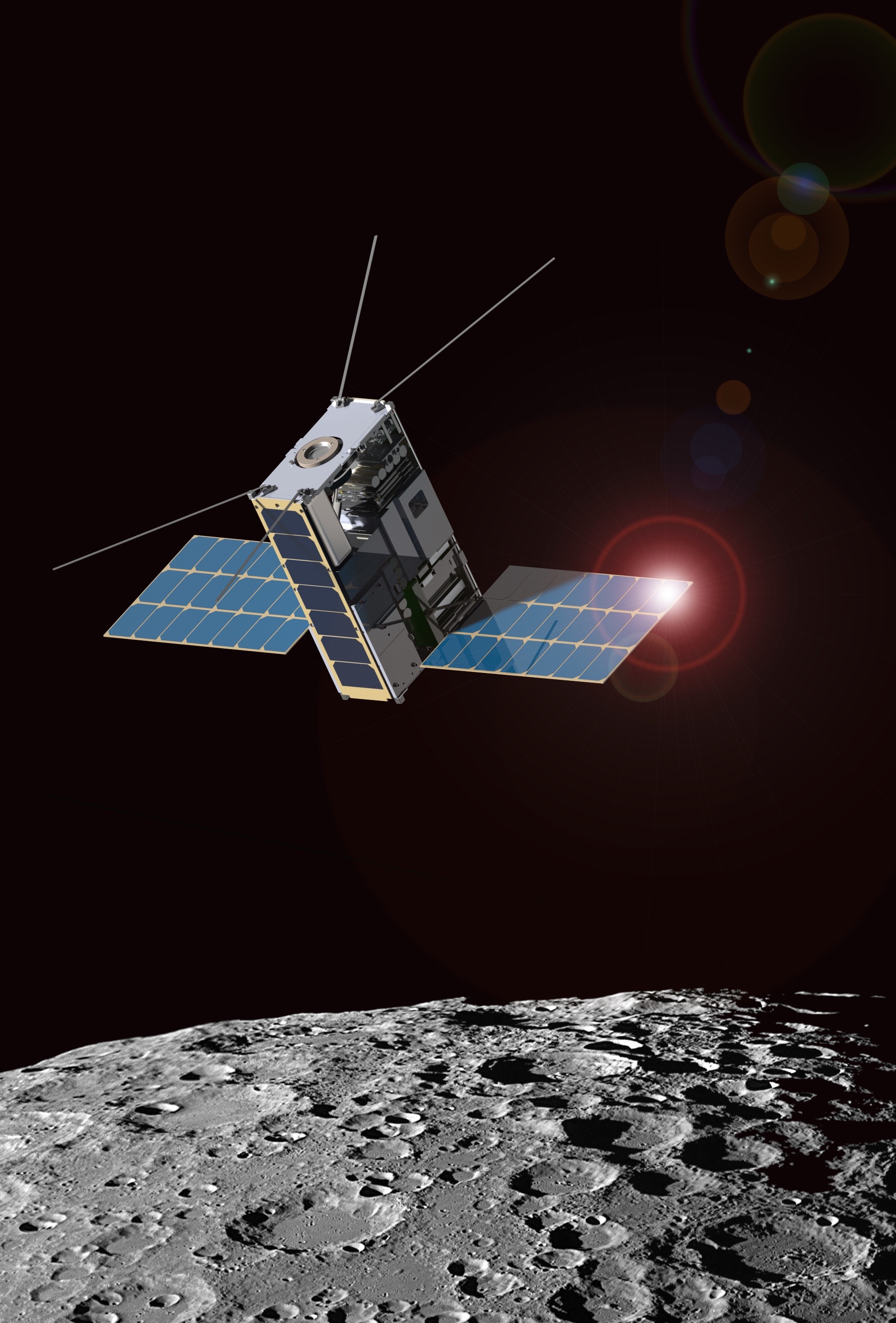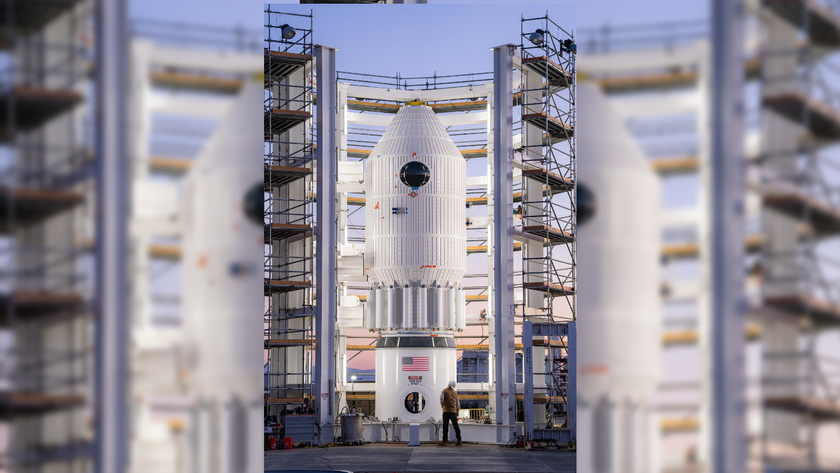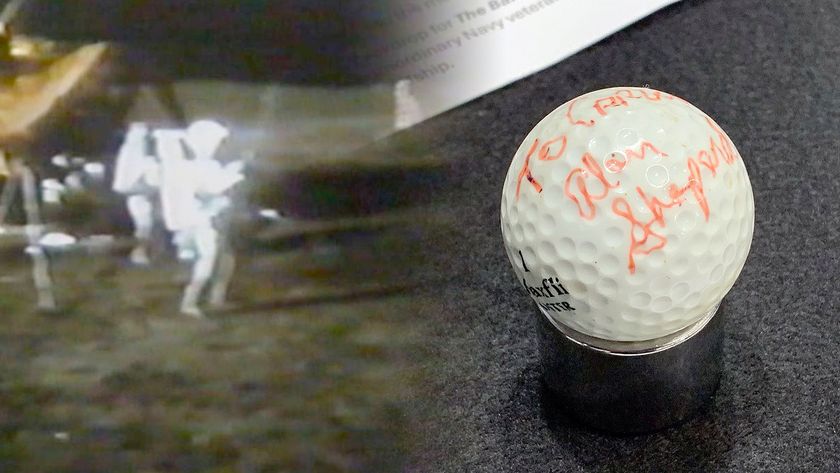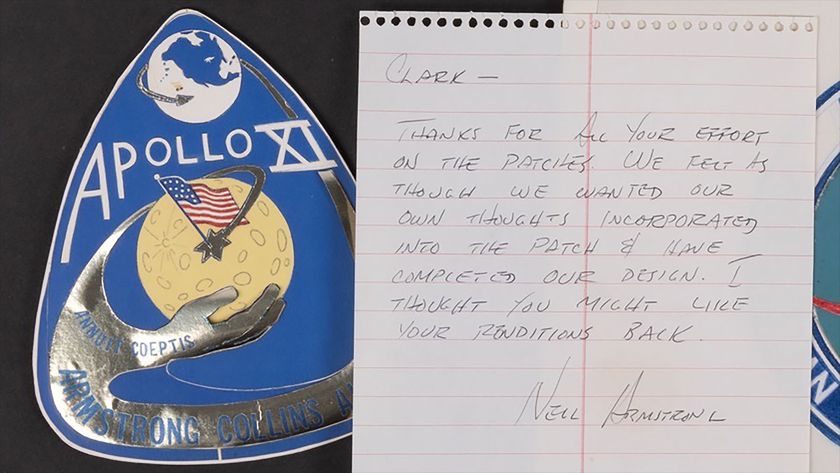
Tiny satellites won't have to hitchhike their way to space for much longer.
NASA has awarded a total of $17.1 million to three companies to launch miniscule cubesats, which to date have had to tag along as secondary payloads on big rockets.
The space agency gave $6.9 million to Los Angeles-based Rocket Lab USA; $5.5 million to Firefly Space Systems of Cedar Park, Texas; and $4.7 million to Virgin Galactic LLC of Long Beach, California, in three separate, fixed-price "Venture Class Launch Services" (VCLS) contracts. [Cubesats: Tiny, Versatile Spacecraft Explained (Infographic)]
The contracts stipulate that each of these companies will launch 132 lbs. (60 kilograms) of cubesats to low Earth orbit by April 2018. The goal of these three launches is to demonstrate rocket technology that will get cubesats off the ground cheaply and efficiently, on trajectories designed just for them, for years to come.
"It's a huge step for the commercialization of space," Mark Wiese, chief of the Flight Projects Office for NASA's Launch Services Program, which is based at Kennedy Space Center in Florida, said during a news conference today (Oct. 14).
"We're excited for the competition," Wiese added. "I can only begin to imagine the opportunities that these companies will open up for you, your children and the world."
The basic building block of cubesats is a cube measuring just 4 inches (10 centimeters) on each side. Satellites that are the equivalent of three such cubes put together are known as 3U cubesats; 6U spacecraft integrate six cubes, and so on.
Get the Space.com Newsletter
Breaking space news, the latest updates on rocket launches, skywatching events and more!
Thanks to recent advances in computer and electronics technology, a lot of capability can be crammed into such tiny, low-cost packages. San Francisco-based Planet Labs, for example, has launched dozens of 3U spacecraft called "Doves" to provide high-resolution imagery of Earth, and NASA plans to launch cubesat missions to the moon and a near-Earth asteroid on the first flight of the agency's Space Launch System megarocket in 2018.
Furthermore, two 6U cubesats will fly to Mars in 2016 to help provide communications during the entry, descent and landing of NASA's InSight lander.
Low-cost, dedicated cubesat launchers should further increase the scientific reach and effectiveness of small spacecraft, NASA officials said.
"Today's cubesat technology fosters hands-on engineering and flight research training," Michael Freilich, director of NASA's Earth Science Division, said in a statement. "With the addition of reliable, affordable and dedicated access to space on small launchers, constellations of smallsats and cubesats could revolutionize our science-based spaceborne Earth-observing systems and capabilities."
The three companies that got VCLS contracts have not yet flown commercial missions with their launch vehicles, but all three are making progress toward that goal.
For example, Firefly Space Systems, which is developing a rocket called Alpha, recently conducted a successful engine test on the ground. When Alpha is up and running, it will launch small payloads to orbit for $8 million per liftoff, company representatives said.
Virgin Galactic also performed an engine ground test recently for its LauncherOne rocket, which will blast off from an altitude of 50,000 feet (15,000 meters) after being dropped by a carrier aircraft. (Virgin's tourist-carrying suborbital space plane, SpaceShipTwo, will be similarly air-launched.) LauncherOne liftoffs will cost less than $10 million apiece, according to Virgin Galactic representatives.
Meanwhile, representatives of Rocket Lab, which recently signed a contract to launch Moon Express' private lander toward the moon in 2017, say the first flight of the company's Electron rocket should come in early 2016. Electron launches currently sell for $4.9 million each.
Firefly and Virgin Galactic got VCLS contracts worth less than their companies' stated price per launch because of the risks involved in these missions, Wiese said.
"We are buying a demonstration mission, so we know we're one of the first flights of these companies," he said. "Obviously, [there's] more risk on a first flight, so there's potentially a discount there — a chance for us to get in early as an early customer."
The Electron, on the other hand, will be fully commercial when it lifts off on its VCLS mission, Rocket Lab CEO and founder Peter Beck said.
"Our price is a little bit higher based on the extra requirements that are involved for the NASA mission over a standard, basic commercial mission," Beck said during today's news conference.
The payloads for the three flights under the VCLS contracts have not yet been assigned, NASA officials said.
Follow Mike Wall on Twitter @michaeldwall and Google+. Follow us @Spacedotcom, Facebook or Google+. Originally published on Space.com.
Join our Space Forums to keep talking space on the latest missions, night sky and more! And if you have a news tip, correction or comment, let us know at: community@space.com.

Michael Wall is a Senior Space Writer with Space.com and joined the team in 2010. He primarily covers exoplanets, spaceflight and military space, but has been known to dabble in the space art beat. His book about the search for alien life, "Out There," was published on Nov. 13, 2018. Before becoming a science writer, Michael worked as a herpetologist and wildlife biologist. He has a Ph.D. in evolutionary biology from the University of Sydney, Australia, a bachelor's degree from the University of Arizona, and a graduate certificate in science writing from the University of California, Santa Cruz. To find out what his latest project is, you can follow Michael on Twitter.


